BEAS-2B Cells
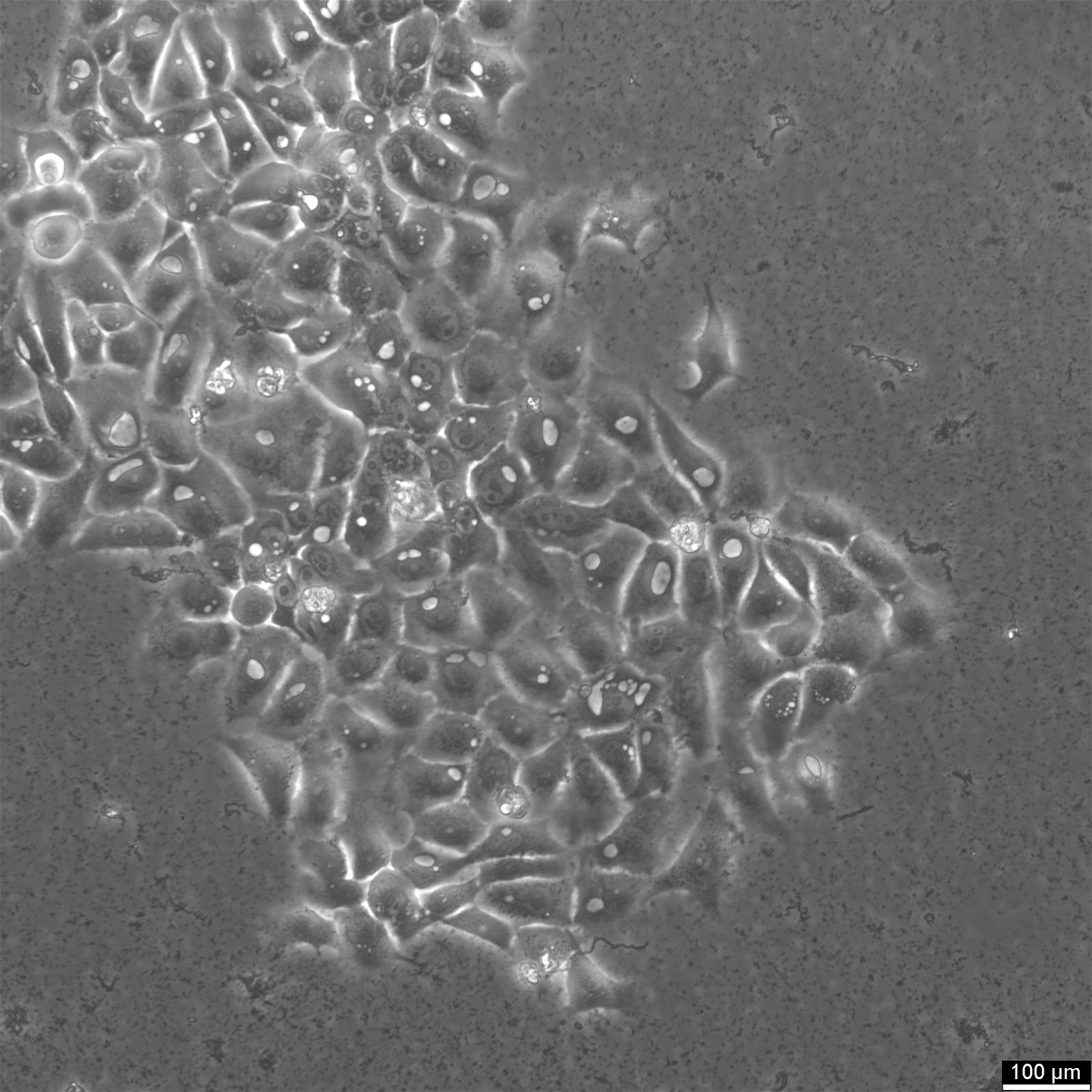
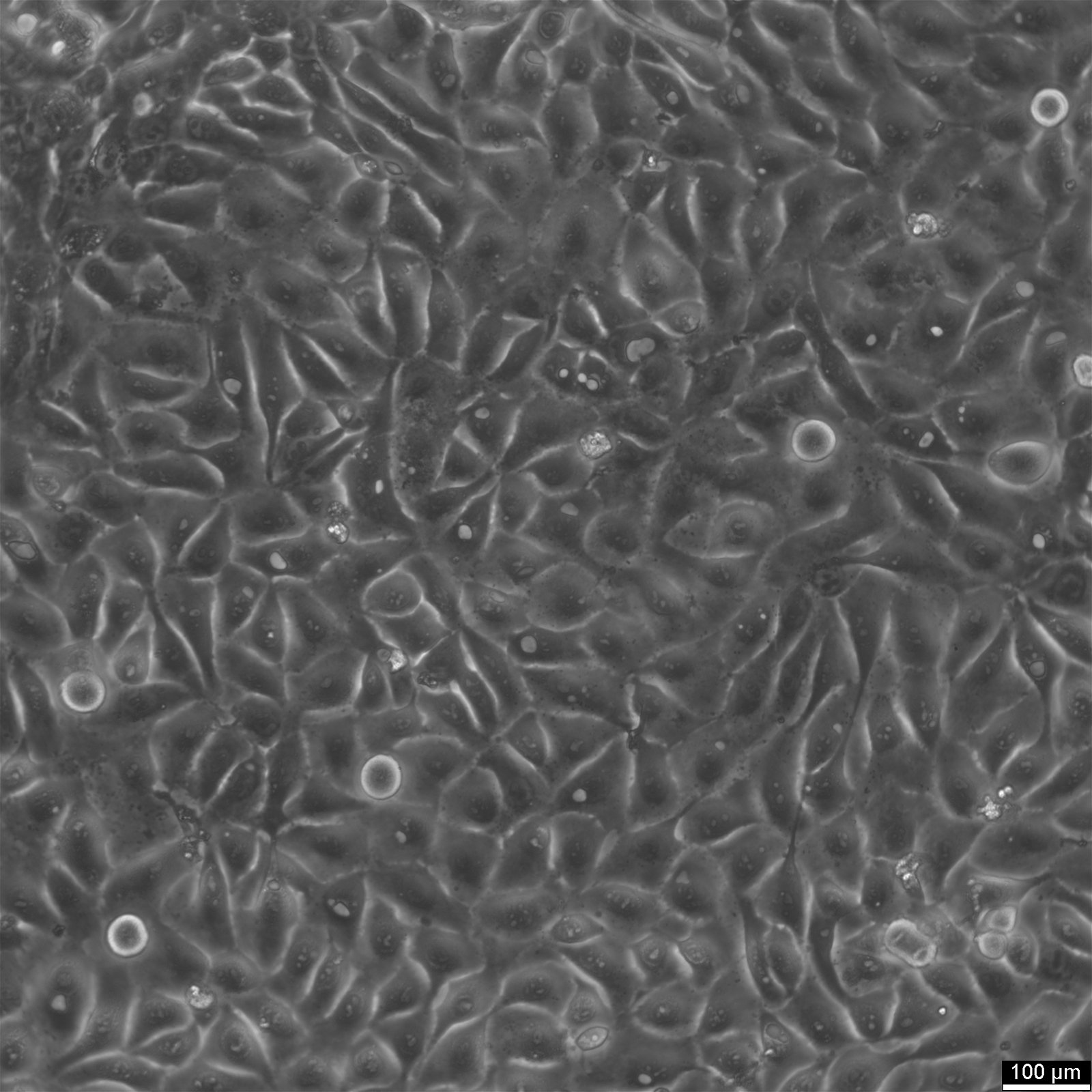
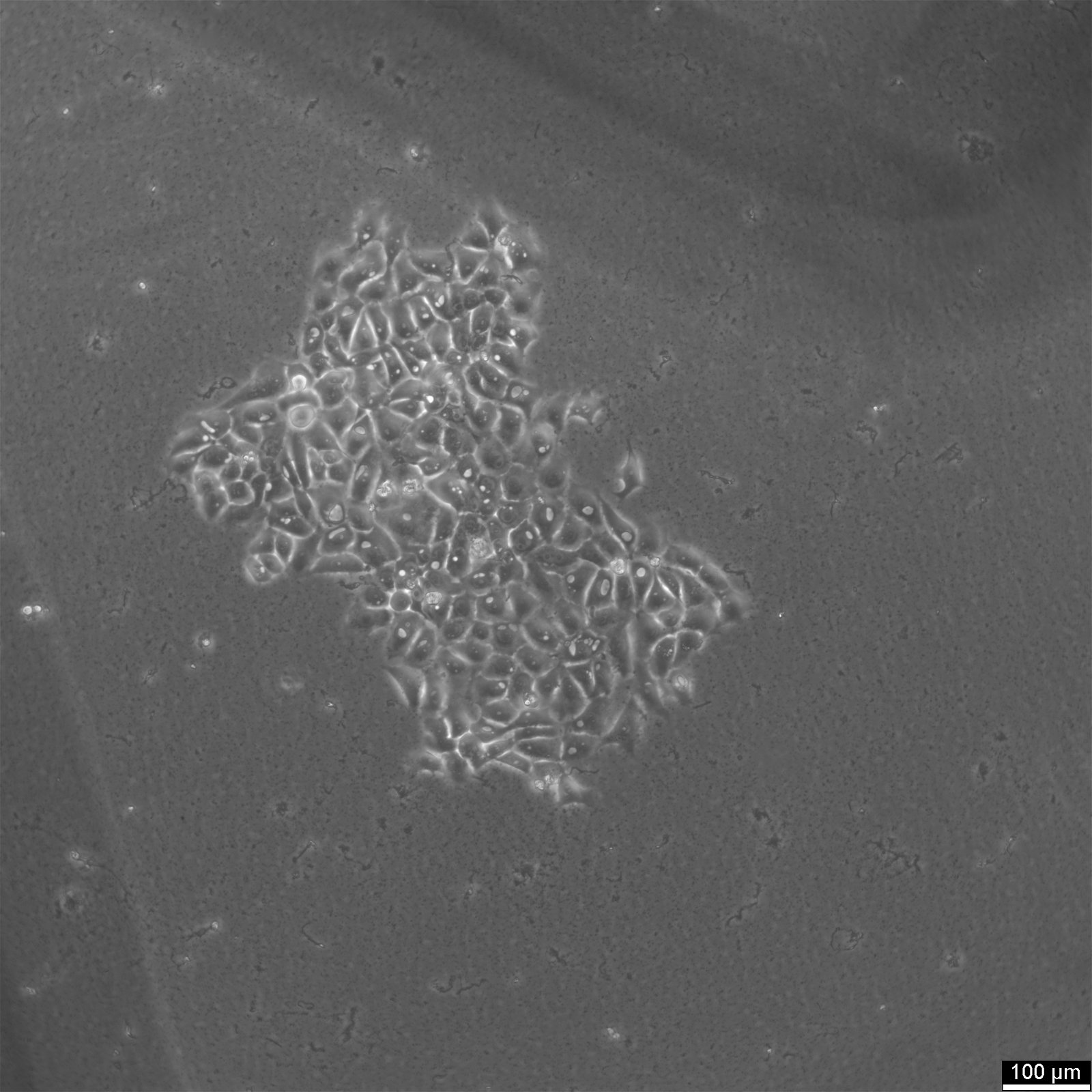
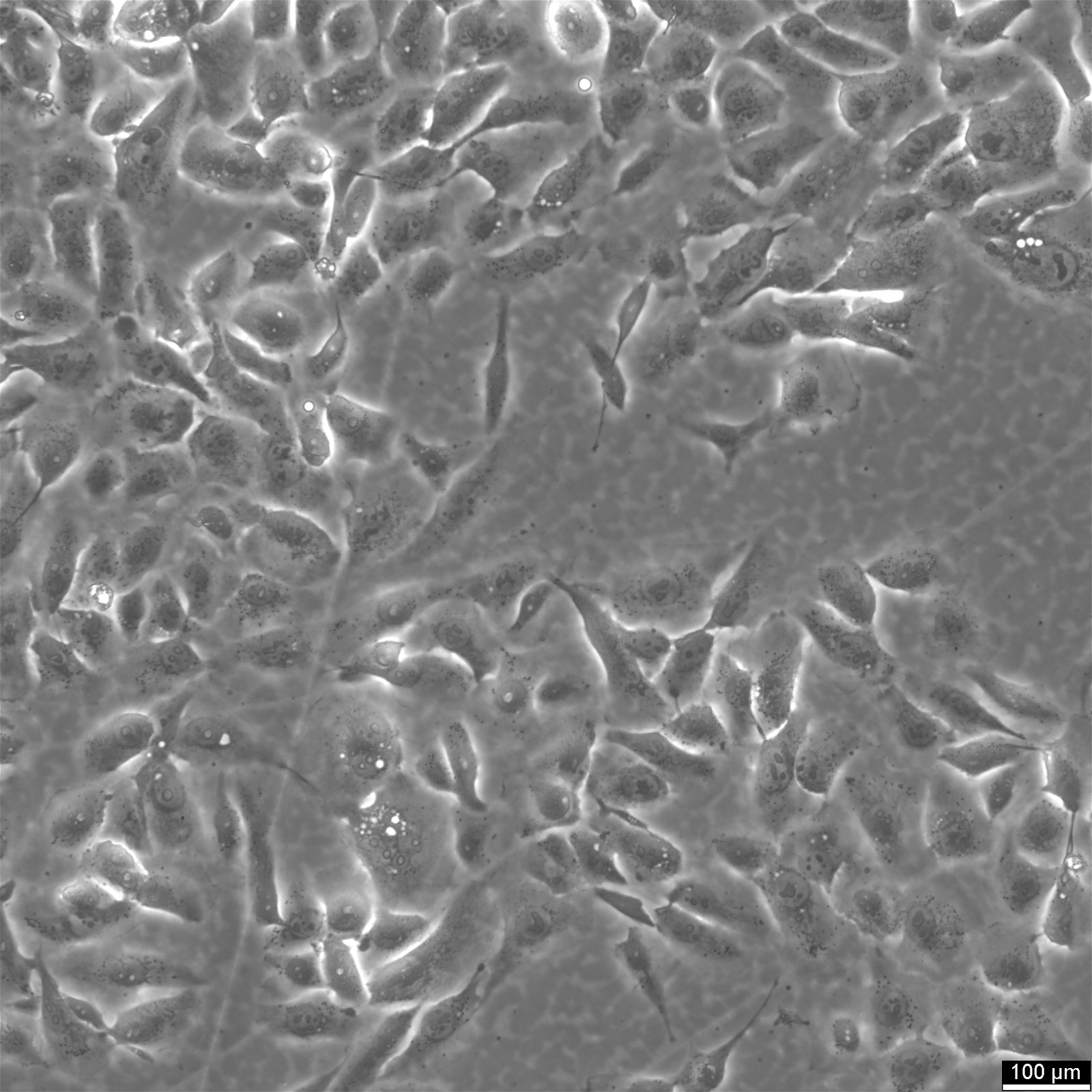
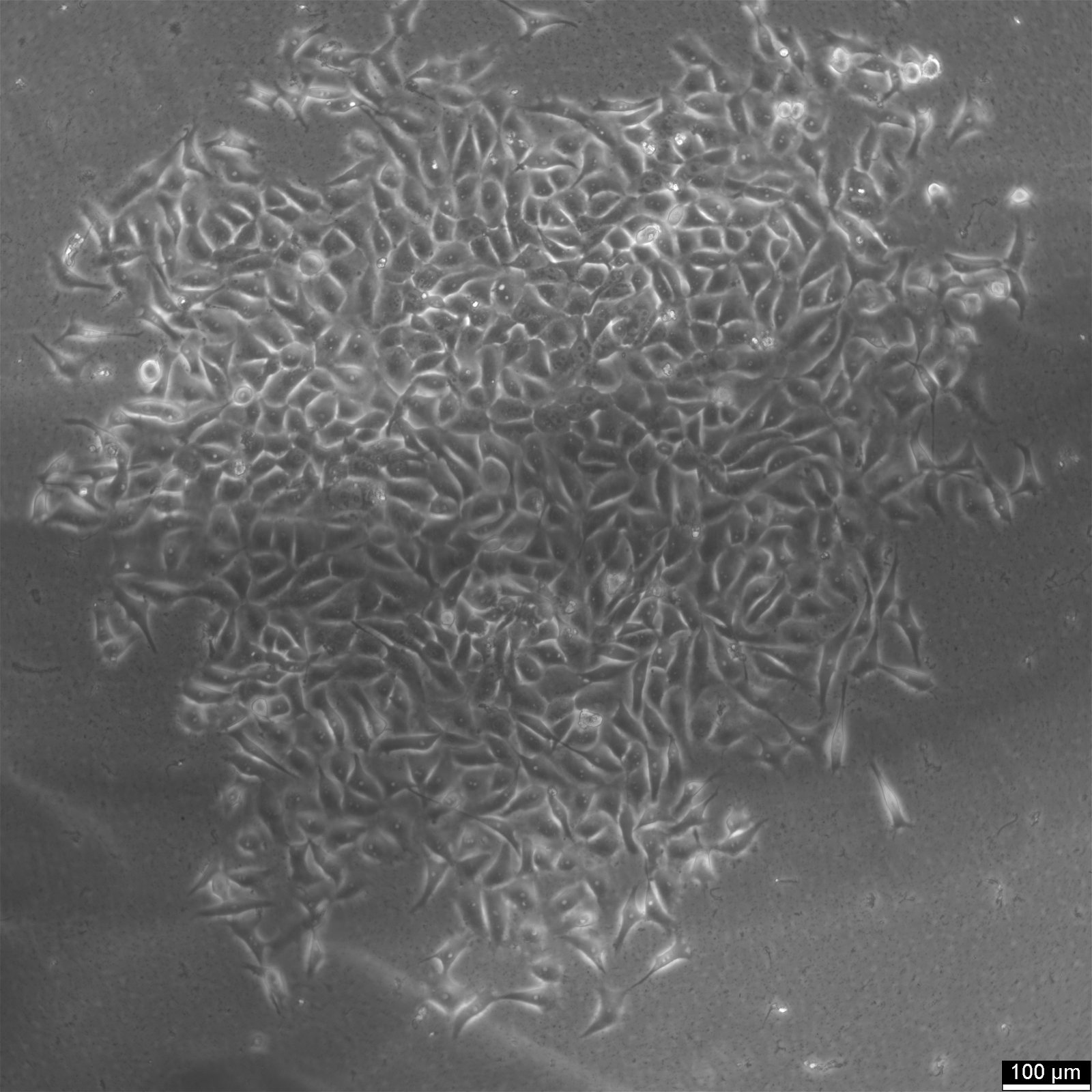
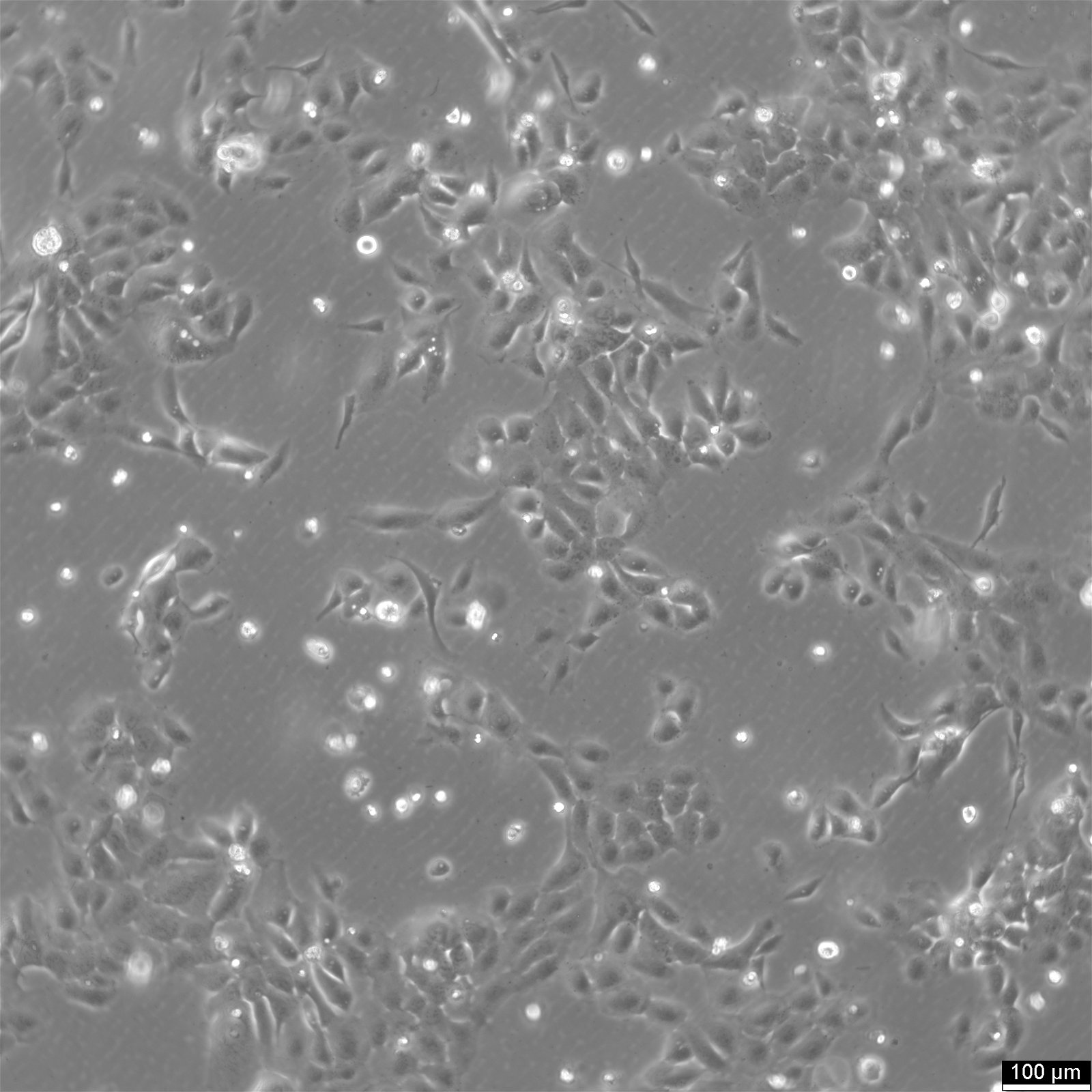
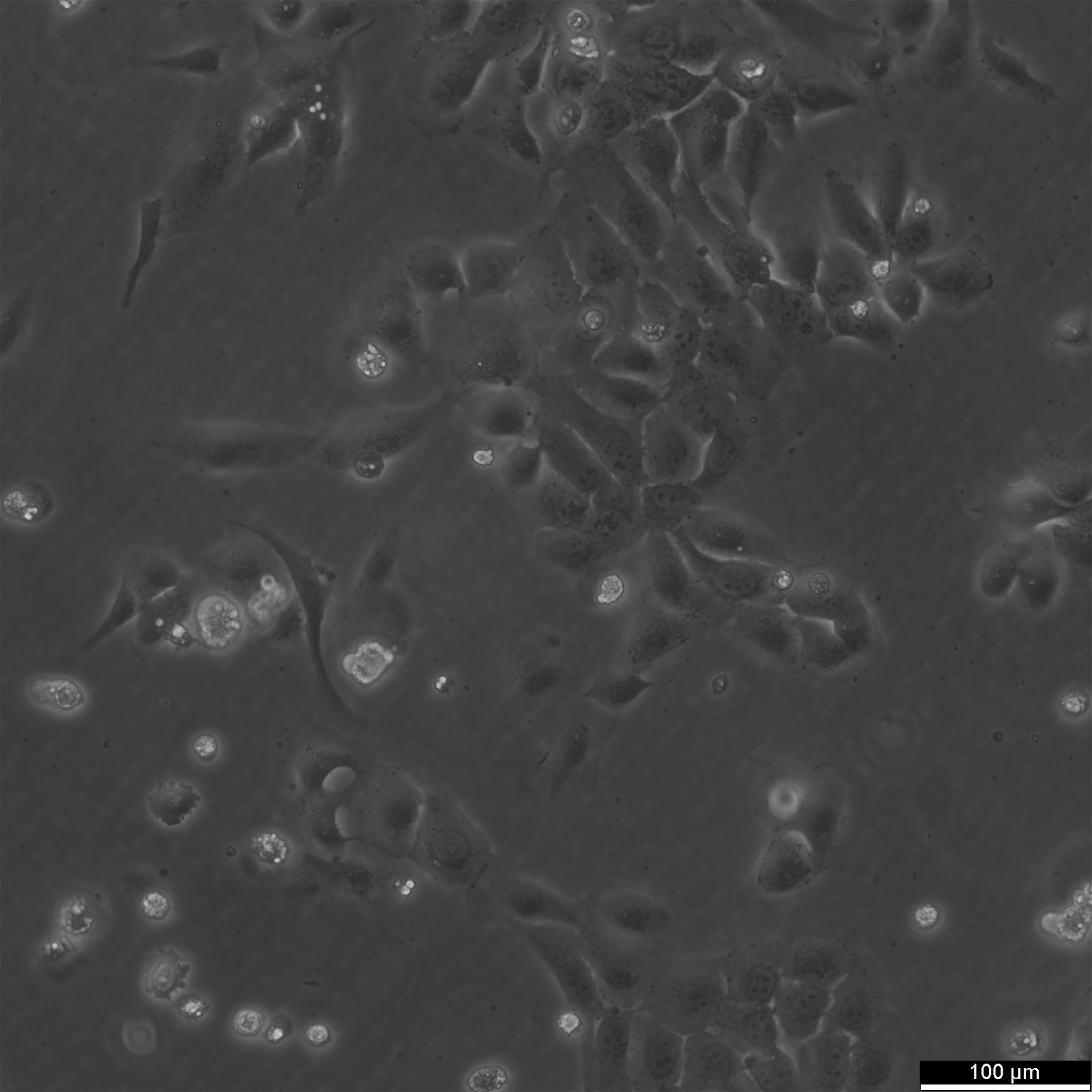
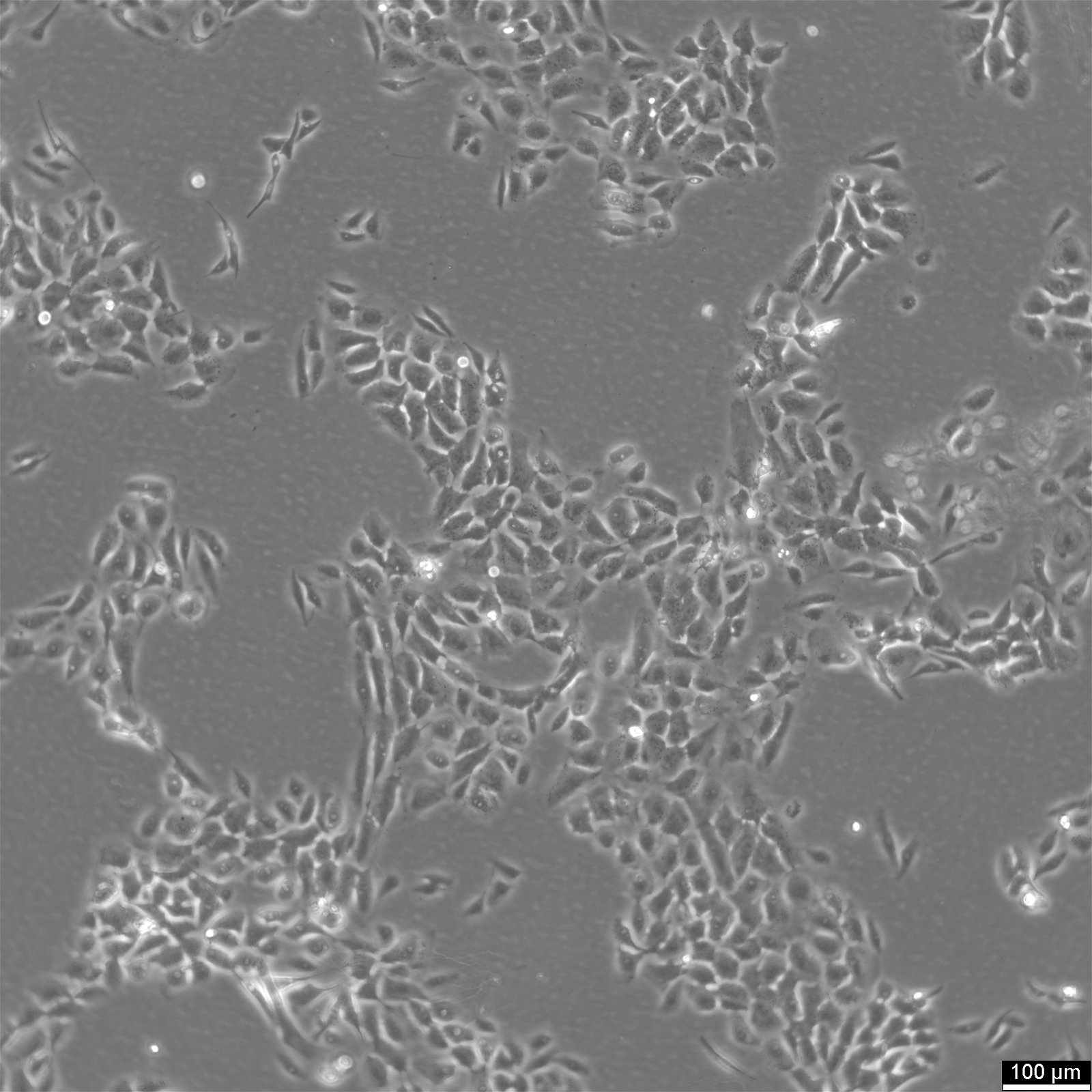
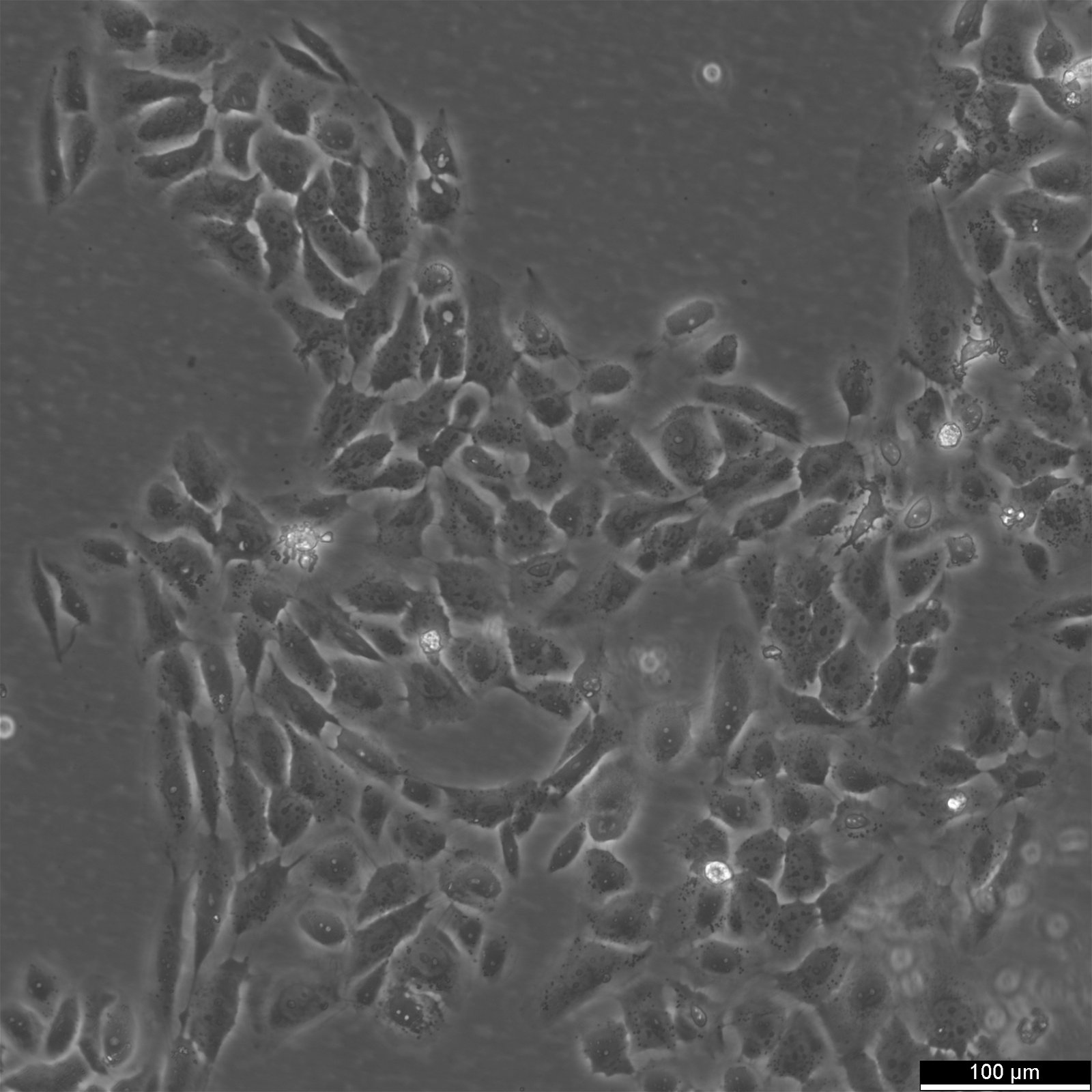
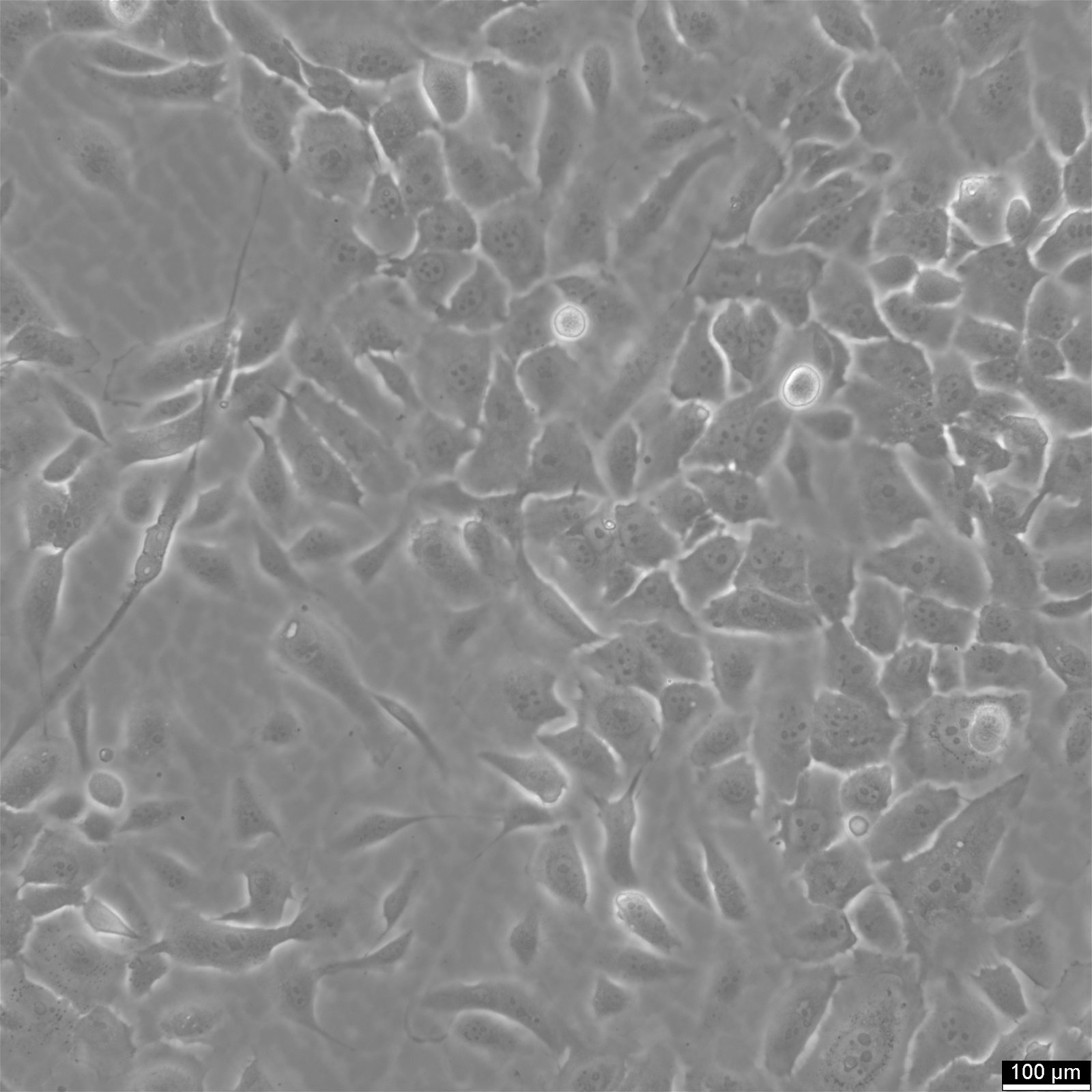
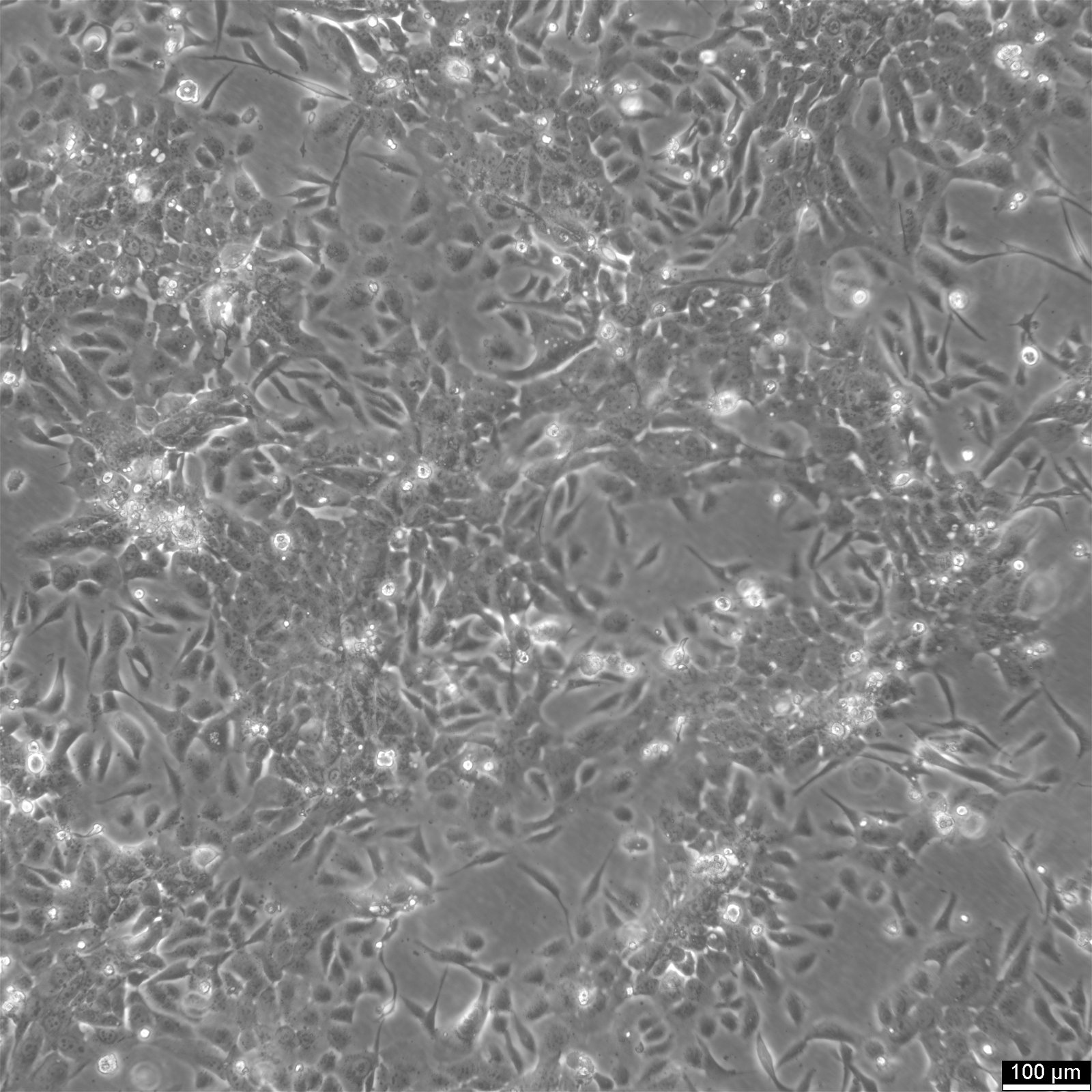
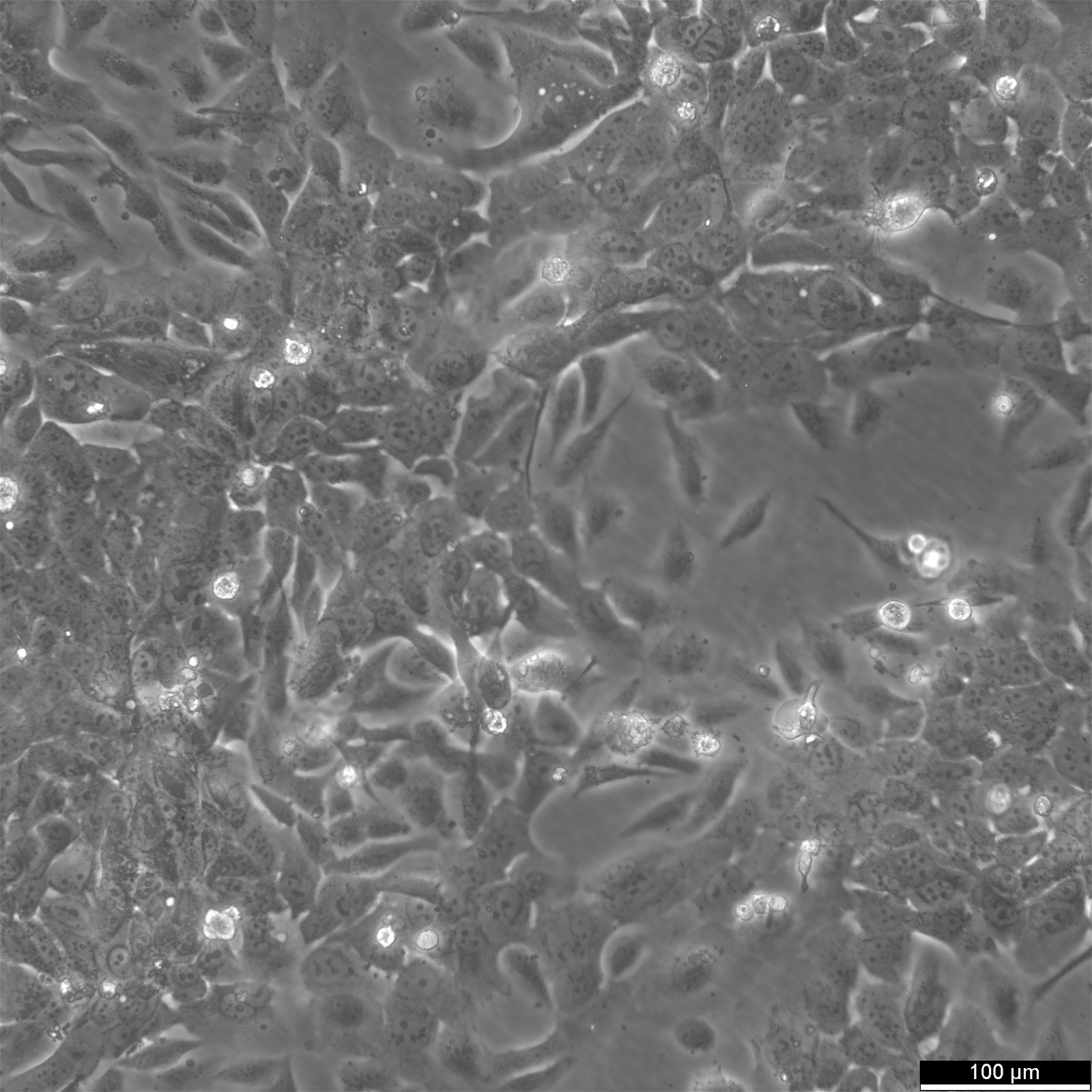




































General information
| Description | BEAS-2B is an immortalized cell line derived from the bronchial epithelium of a non-cancerous individual. This cell line was established by transforming human bronchial epithelial cells with an adenovirus 12-SV40 hybrid virus, which confers the cells with an extended lifespan while maintaining many of the morphological and functional characteristics typical of primary bronchial epithelial cells. BEAS-2B cells are widely used in respiratory disease research, particularly in studies related to the toxicological and pharmacological effects of inhalable substances, owing to their origin from the airway epithelium. The cell line exhibits a cobblestone morphology when cultured and retains certain critical features, such as the ability to metabolize xenobiotic compounds, making them highly relevant for studies on drug metabolism and respiratory toxicology. They have also been employed extensively in studies exploring cellular mechanisms of asthma, chronic obstructive pulmonary disease (COPD), and cancer. BEAS-2B cells respond predictably to cytokines, oxidative stress, and other stimuli typical of respiratory tract exposure to environmental agents. This makes them a valuable model for studying inflammation and oxidative stress mechanisms in pulmonary cells. As a tool in biomedical research, BEAS-2B cells are also frequently used to assess carcinogenic potential of airborne particles, where they serve as a model to understand the changes in airway epithelial cells following exposure to carcinogens. Their genetic makeup and susceptibility to genetic manipulation further enhance their utility in molecular biology experiments aimed at understanding gene expression and signaling pathways involved in lung diseases and cancer development. |
|---|---|
| Organism | Human |
| Tissue | Lung, Bronchus |
| Synonyms | Beas-2B, BEAS 2B, BEAS2B, Beas2B, Bronchial Epithelium transformed with Ad12-SV40 2B |
Characteristics
| Age | Age unspecified |
|---|---|
| Gender | Male |
| Morphology | Epithelial-like |
| Growth properties | Adherent |
Identifiers / Biosafety / Citation
| Citation | BEAS-2B (Cytion catalog number 300311) |
|---|---|
| Biosafety level | 1 |
Expression / Mutation
| Viruses | Ad12-SV40 hybrid virus |
|---|---|
| Products | keratins, SV-40 T antigen |
Handling
| Culture Medium | Airway Epithelial Cell Basal Medium (PromoCell GmbH) |
|---|---|
| Medium supplements | Supplement the medium with Growth Medium Supplement Mix (PromoCell GmbH) |
| Passaging solution | Accutase |
| Subculturing | Remove the old medium from the adherent cells and wash them with PBS that lacks calcium and magnesium. For T25 flasks, use 3-5 ml of PBS, and for T75 flasks, use 5-10 ml. Then, cover the cells completely with Accutase, using 1-2 ml for T25 flasks and 2.5 ml for T75 flasks. Let the cells incubate at room temperature for 8-10 minutes to detach them. After incubation, gently mix the cells with 10 ml of medium to resuspend them, then centrifuge at 300xg for 3 minutes. Discard the supernatant, resuspend the cells in fresh medium, and transfer them into new flasks that already contain fresh medium. |
| Freeze medium | CM-1 (Cytion catalog number 800100) or CM-ACF (Cytion catalog number 806100) |
| Handling of cryopreserved cultures |
|
Quality control / Genetic profile / HLA
| Sterility | Mycoplasma contamination is excluded using both PCR-based assays and luminescence-based mycoplasma detection methods. To ensure there is no bacterial, fungal, or yeast contamination, cell cultures are subjected to daily visual inspections. |
|---|
